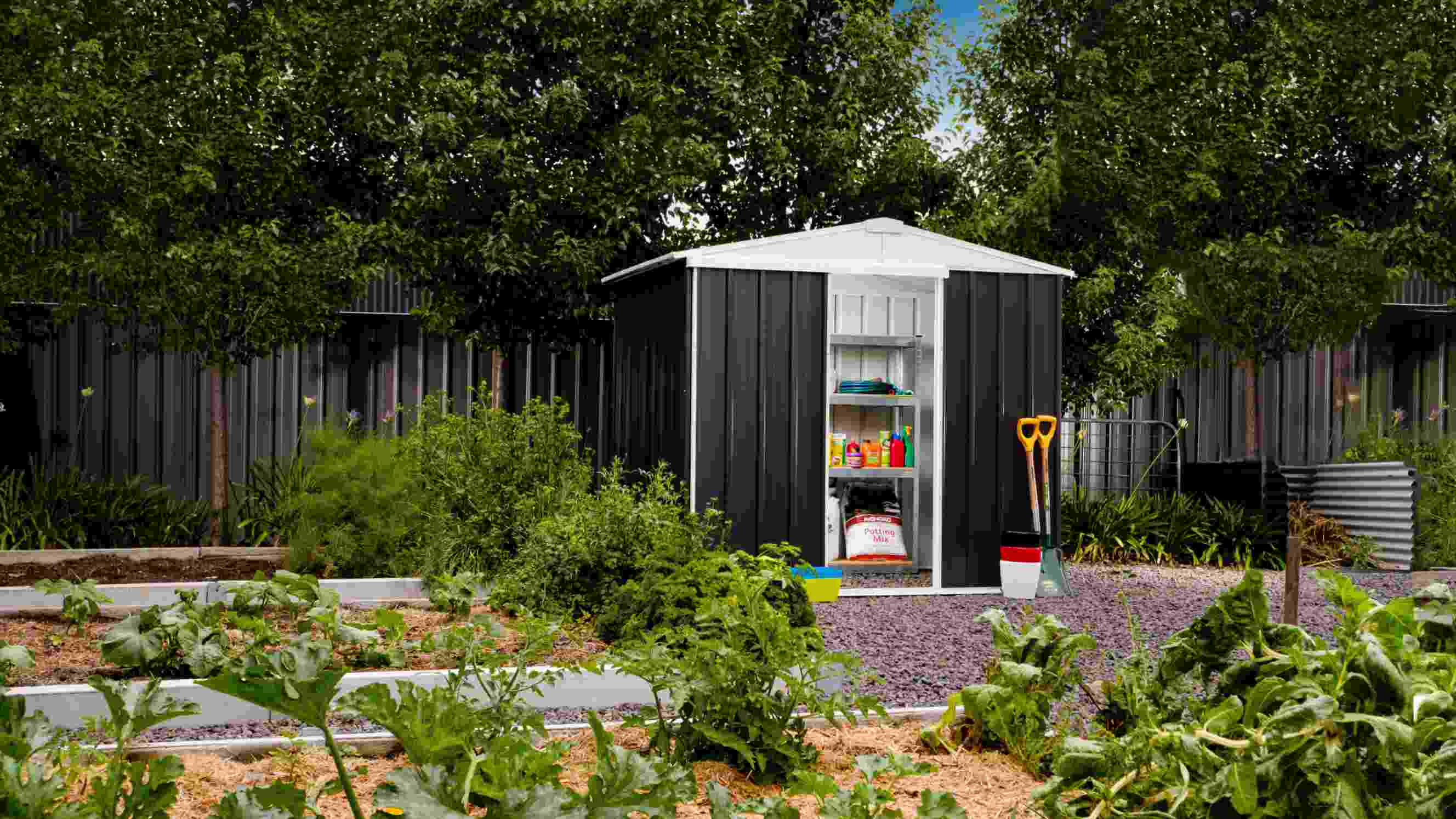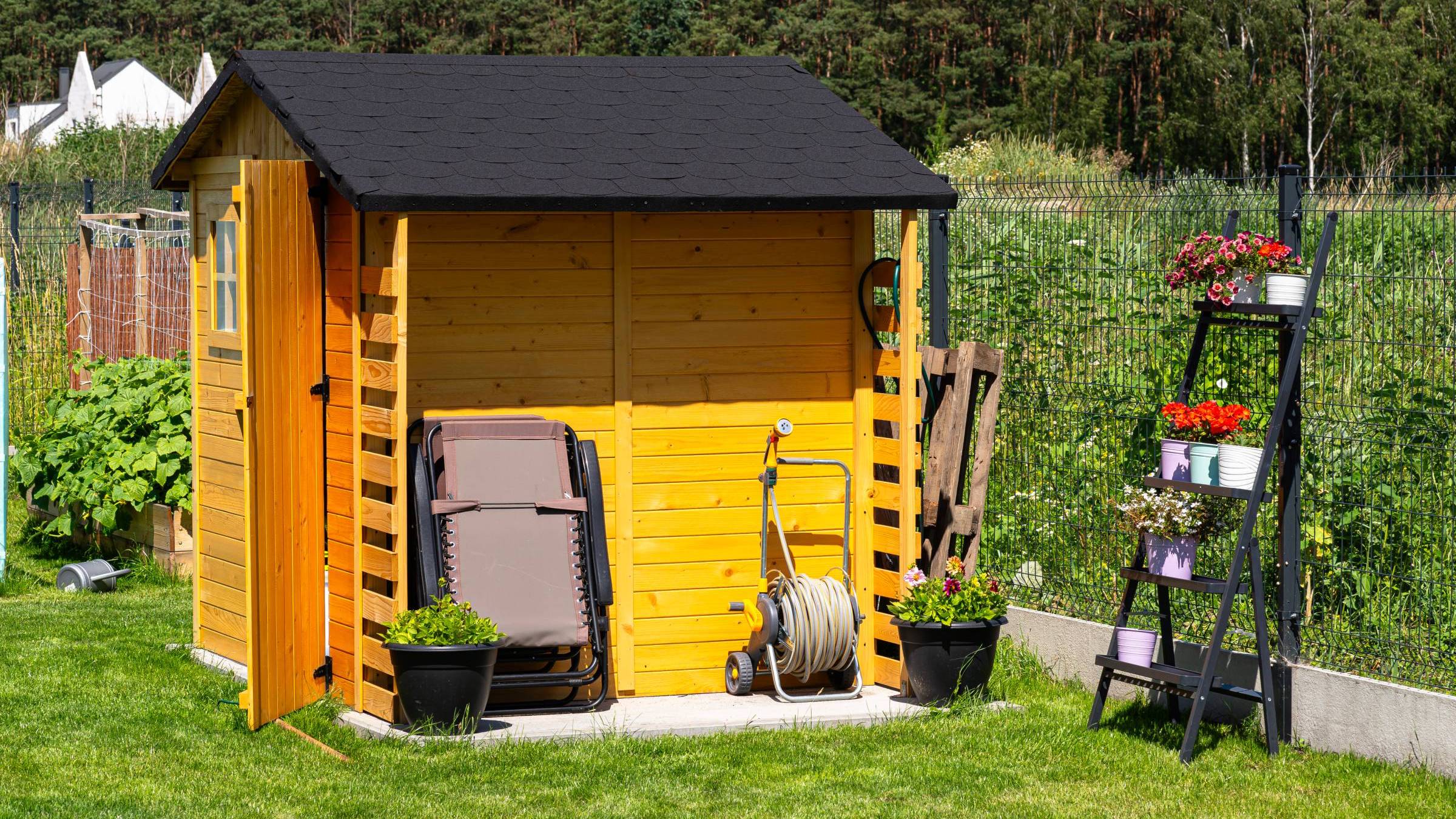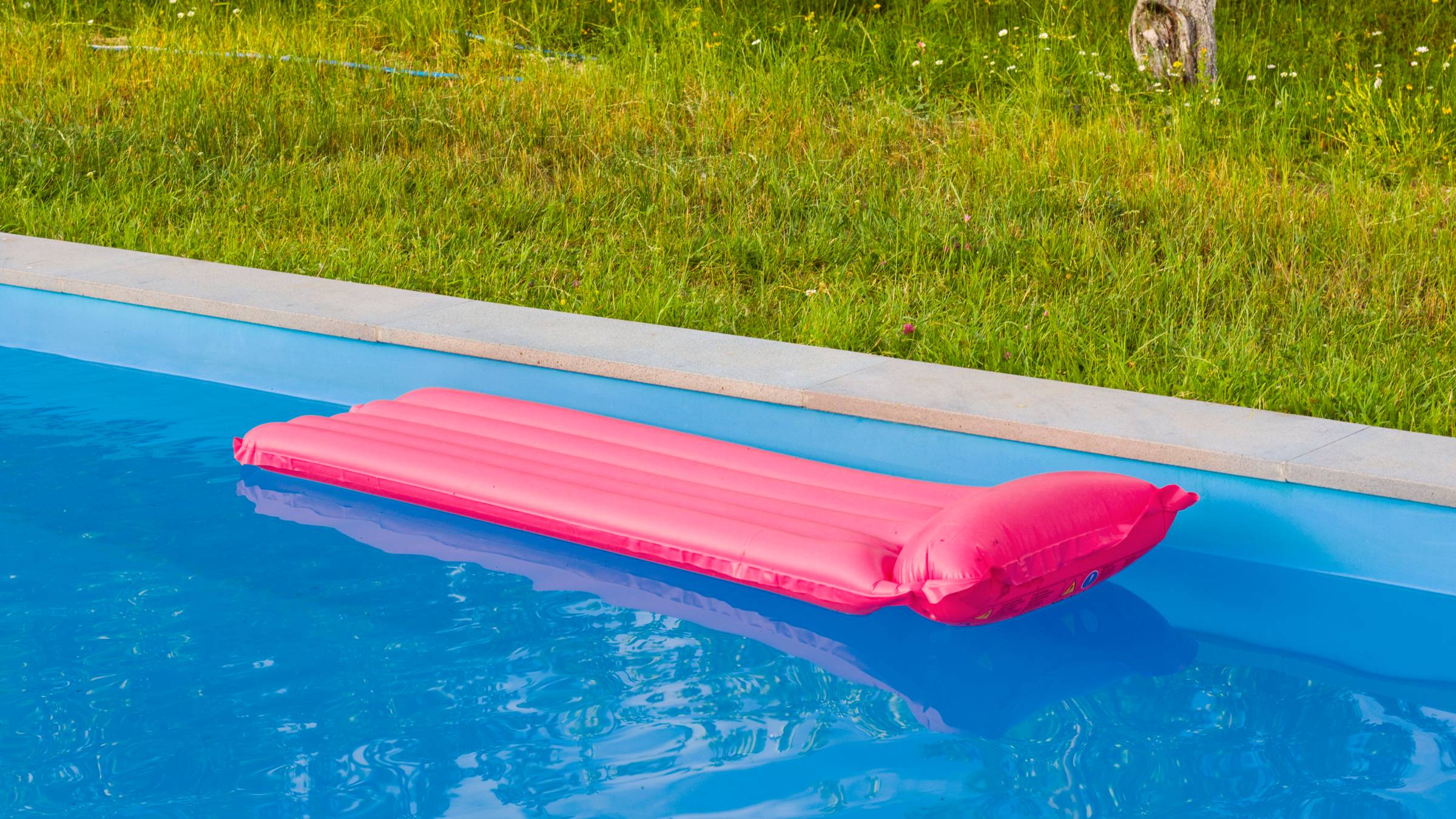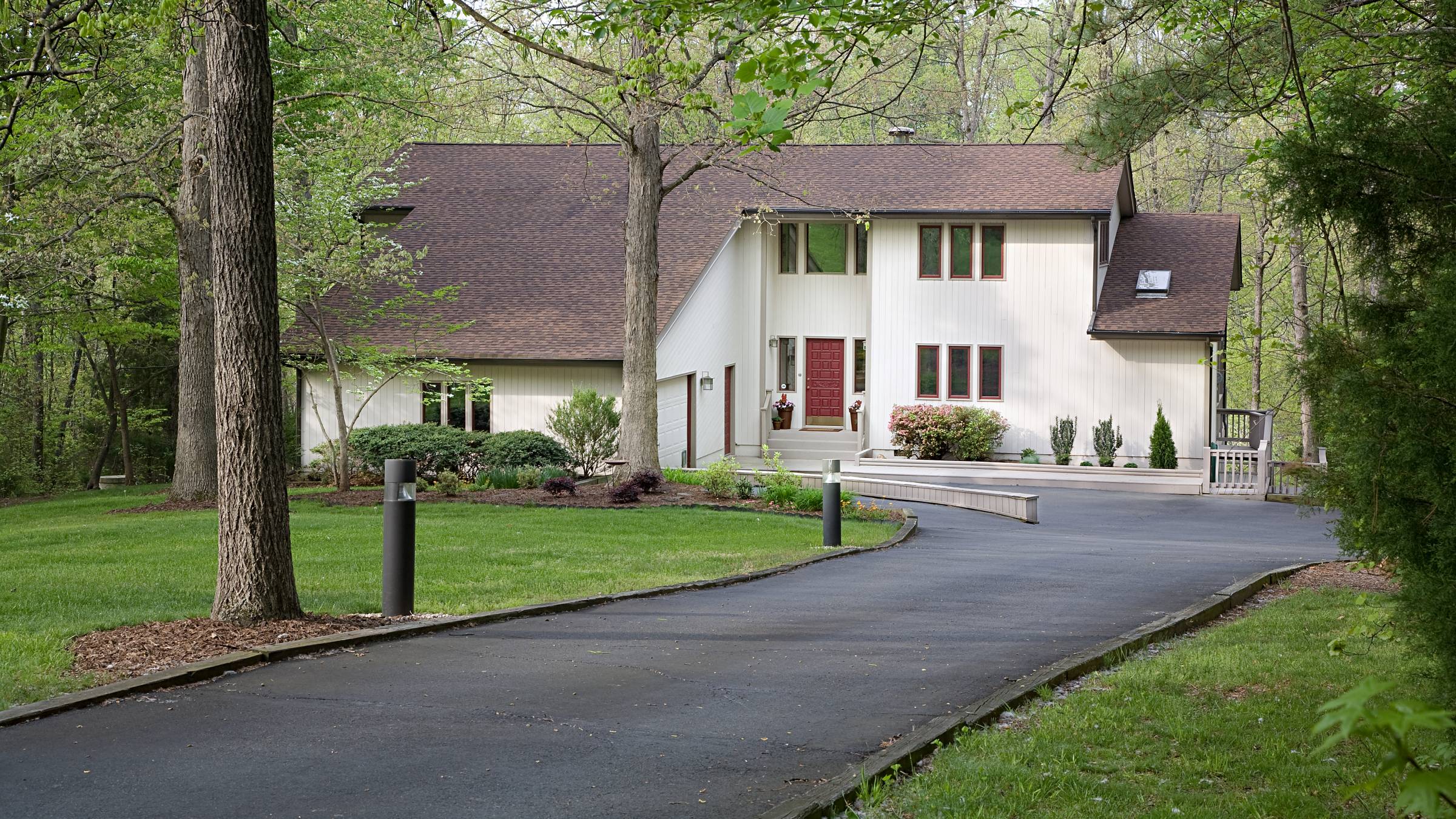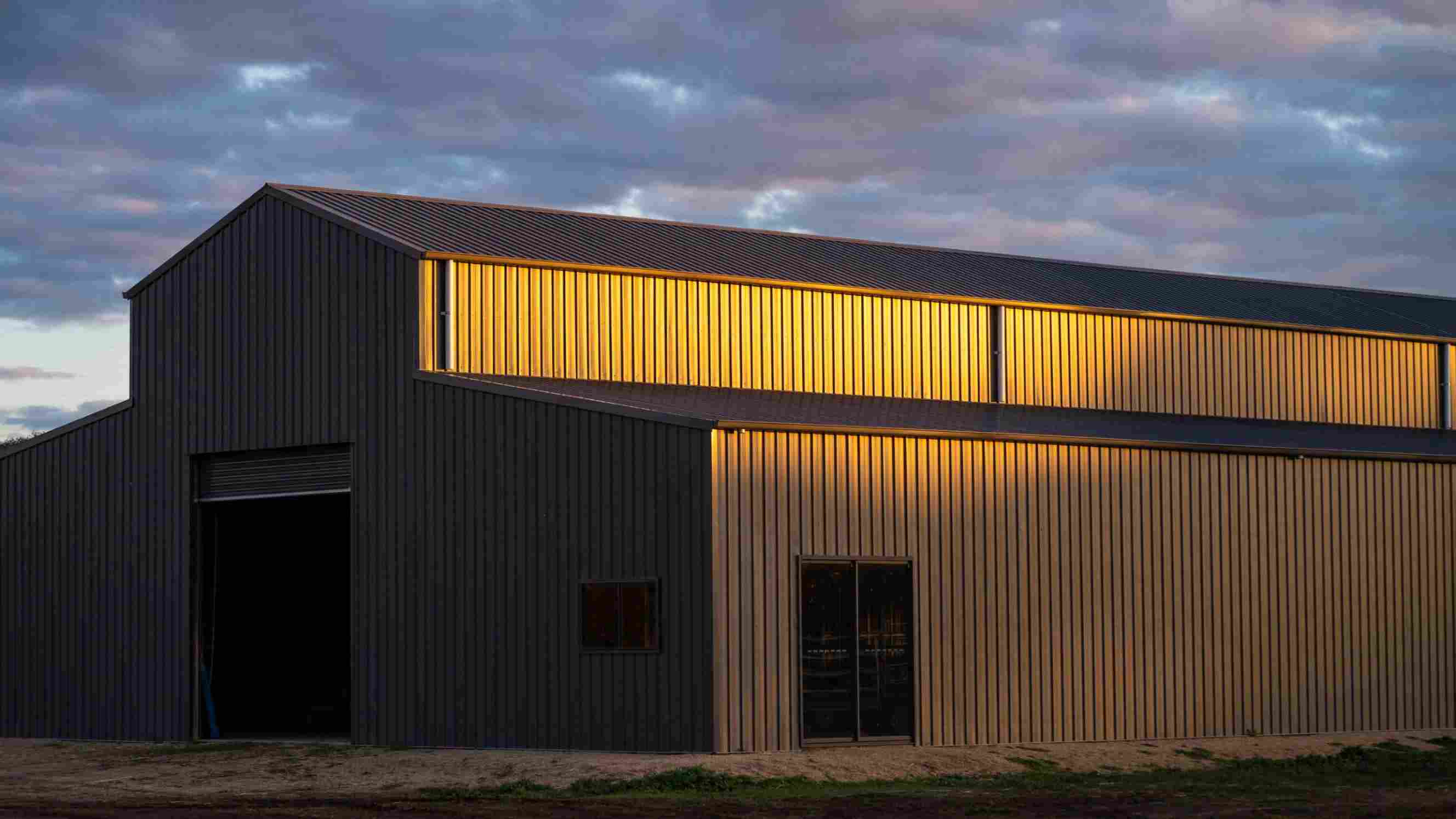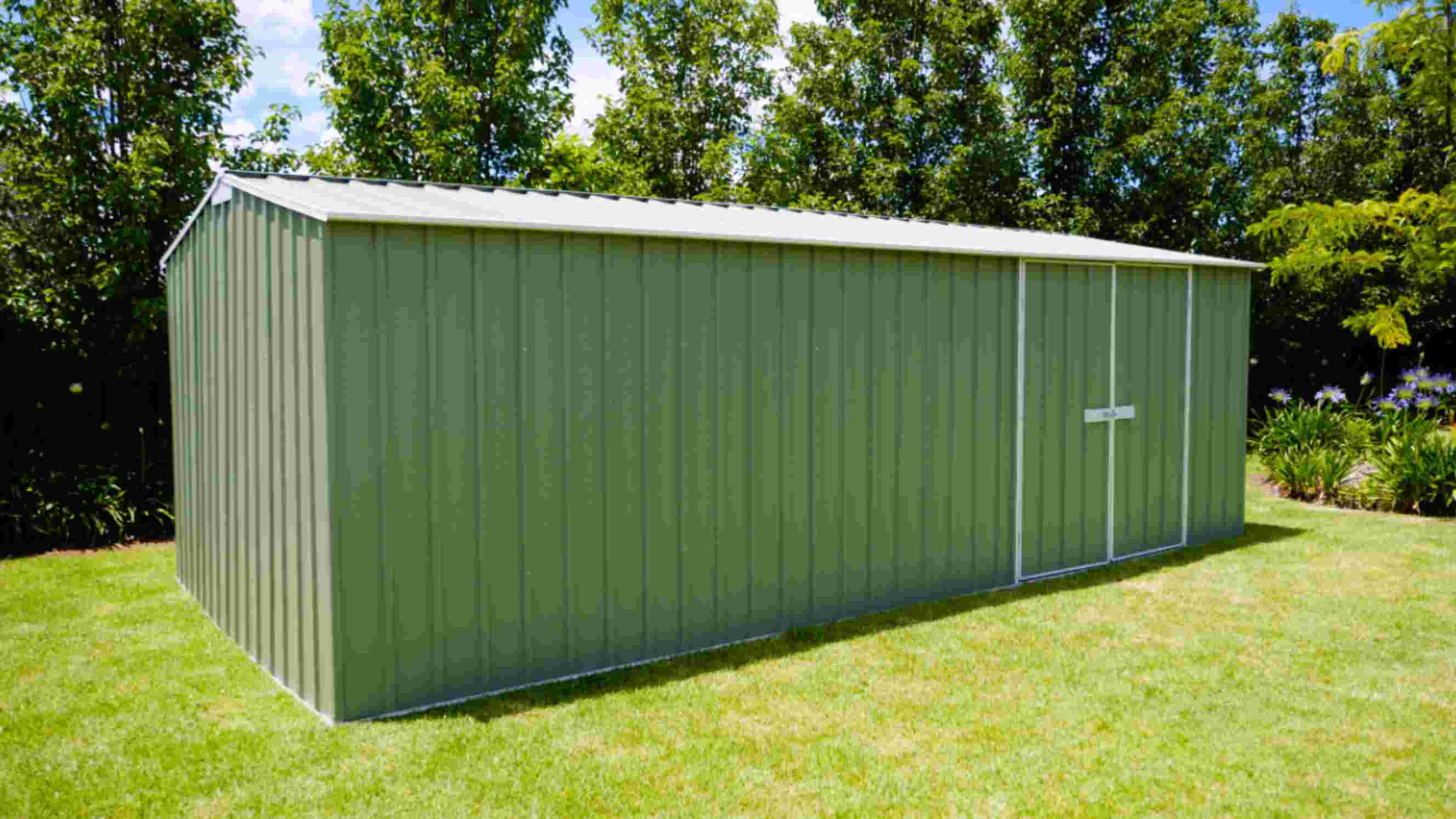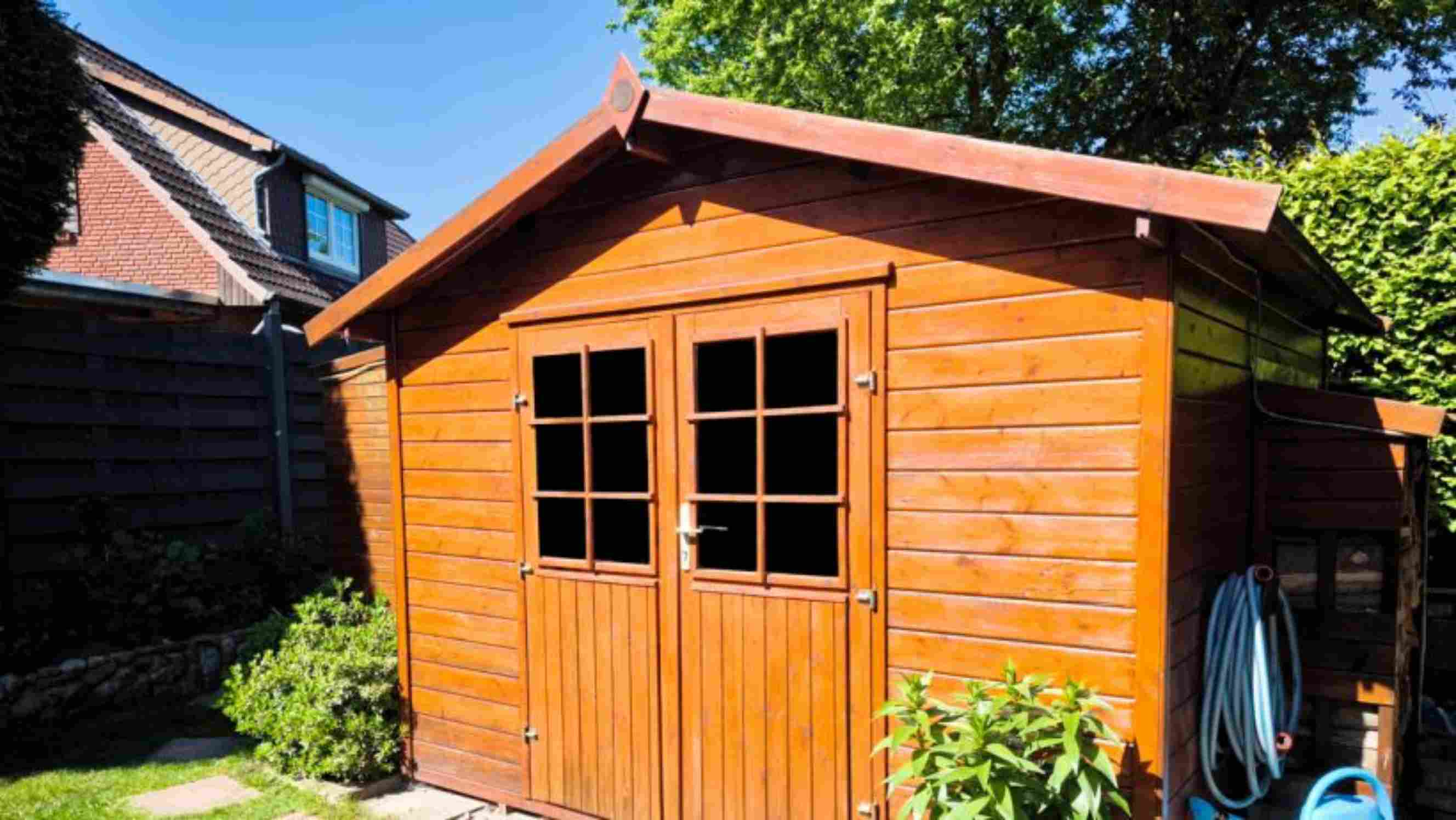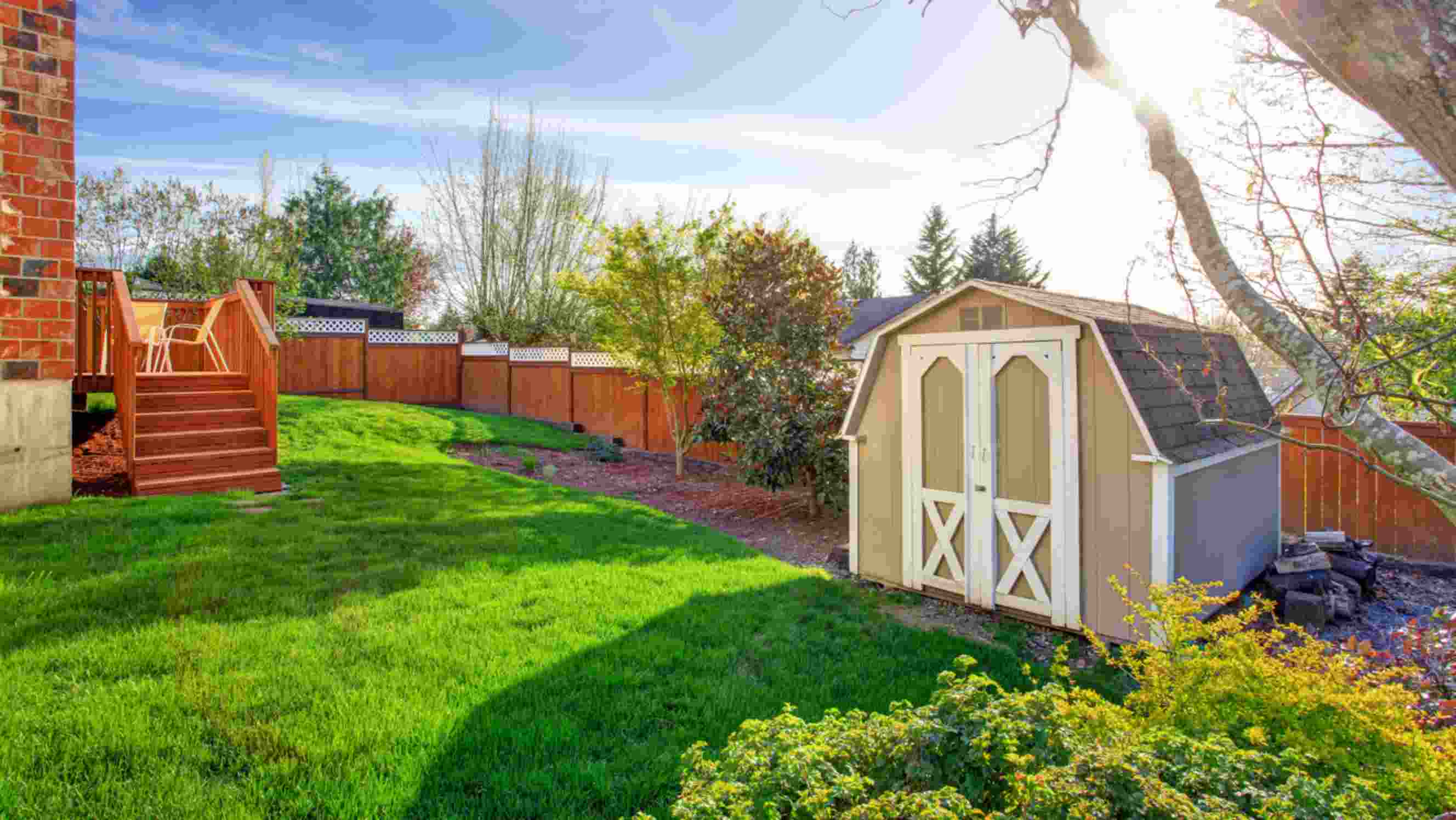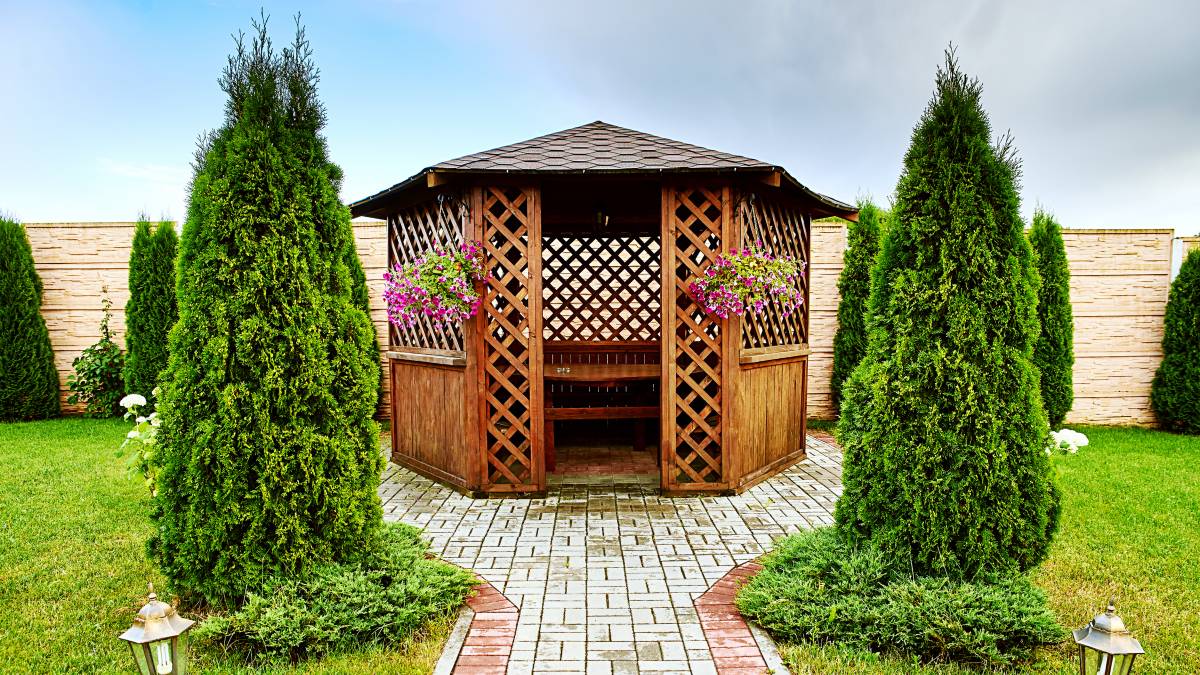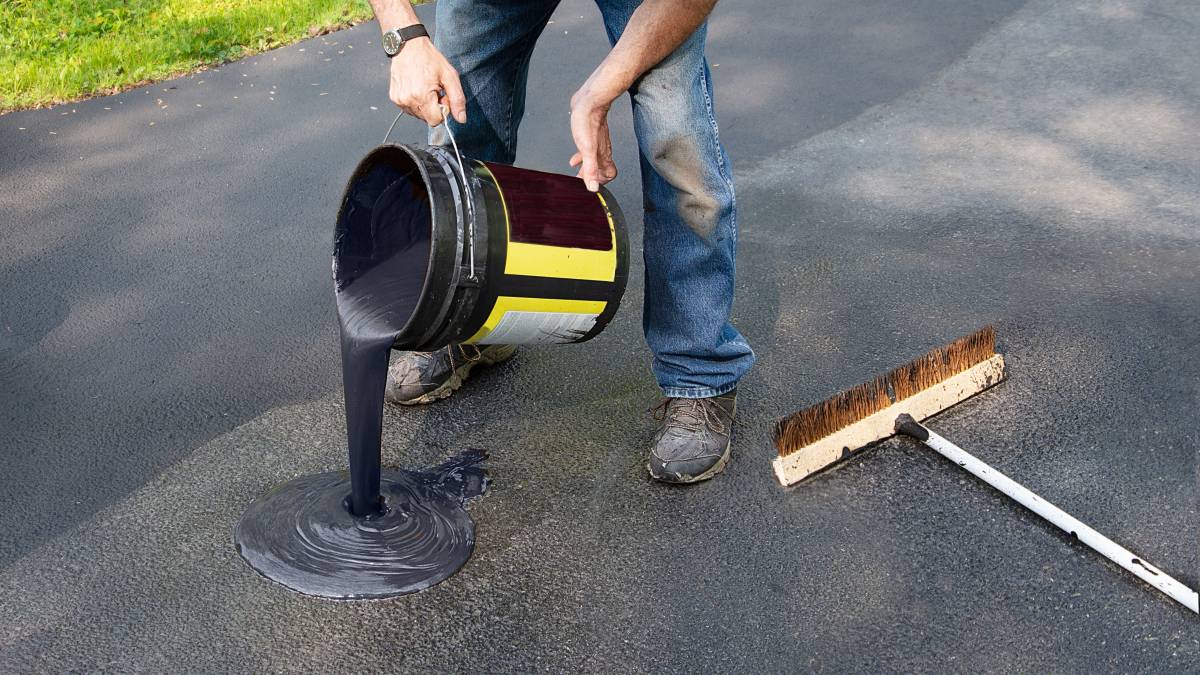- Home/
- Comparisons/
- Building & Construction/
- Pergola vs Gazebo
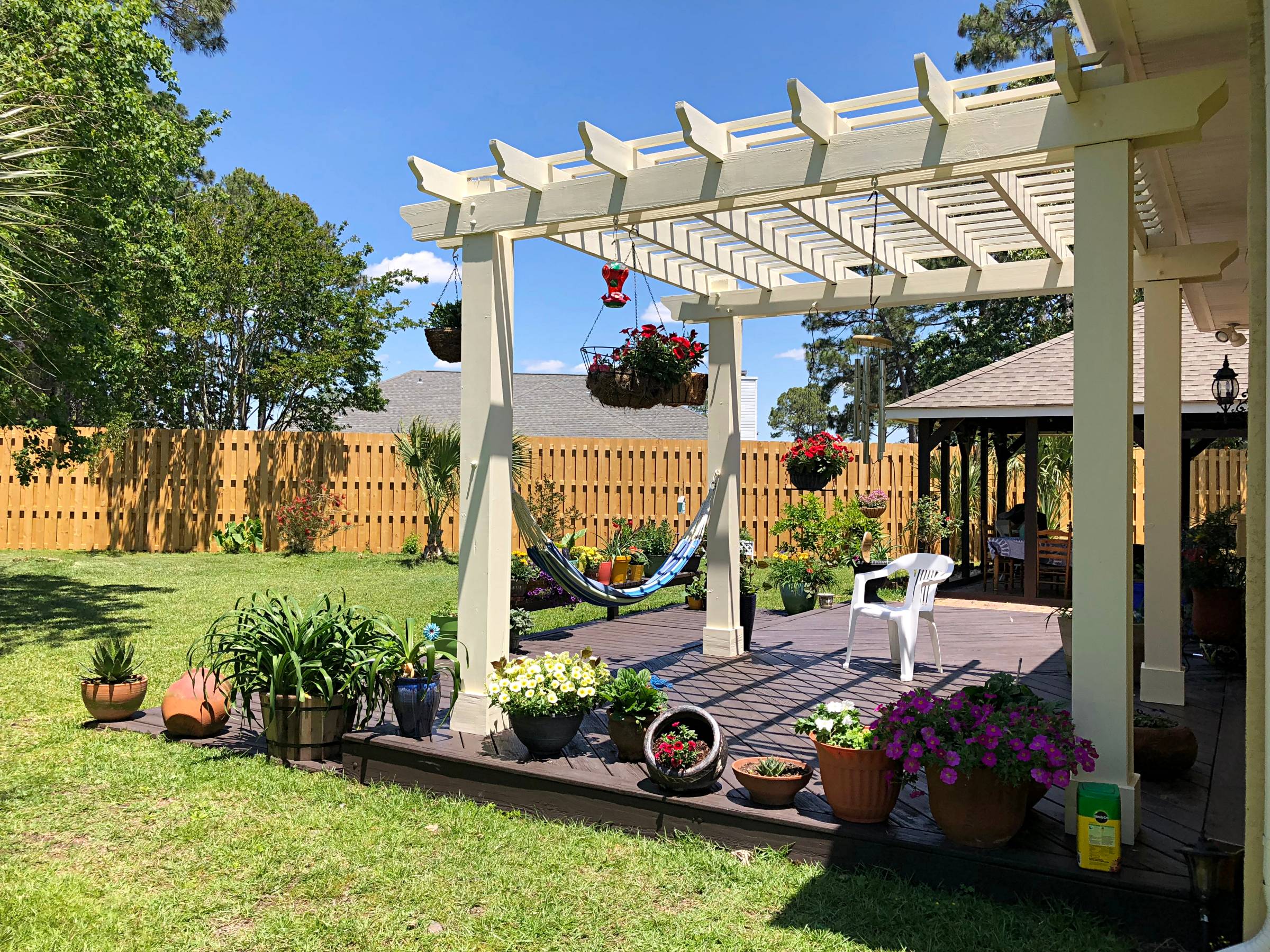
Pergola vs gazebo: Which is better for your outdoor space?
Comparing pergolas and gazebos based on cost, appearance, and more
Hire a builderLast Updated on
Key Facts
- A pergola is an outdoor fixture with vertical posts supporting horizontal beams and an open lattice roof. It provides partial shade and a visually appealing space for outdoor activities.
- A gazebo is a freestanding structure with a roof and open sides. It is often circular or octagonal and is used as a sheltered seating or gathering area in gardens or parks.
Choosing between a pergola vs gazebo becomes pivotal when designing your ideal outdoor space. Say you have a lovely garden with ample backyard space. You’ve got your plants and landscaping fixtures in order, but you need to add outdoor structures that enable you to relax in your garden and add a bit of panache.
Adding a pergola or gazebo can significantly enhance your outdoor living and garden experience. Choosing a gazebo vs a pergola can boil down to your preference and outdoor space. However, if you’re unsure which is the best structure for you, here’s a quick comparison guide to help you make an informed decision.
What is a pergola?
 Garden pergolas are outdoor architectural structures characterised by their open framework, which consists of vertical utility poles or columns that support horizontal or interlocking beams and an open lattice, grid roof structure or crisscrossed wooden roof. A pergola roof is designed to create partial shade in your outdoor space, allowing filtered sunlight to pass through while providing a sense of enclosure and visual interest.
Garden pergolas are outdoor architectural structures characterised by their open framework, which consists of vertical utility poles or columns that support horizontal or interlocking beams and an open lattice, grid roof structure or crisscrossed wooden roof. A pergola roof is designed to create partial shade in your outdoor space, allowing filtered sunlight to pass through while providing a sense of enclosure and visual interest.
What is a gazebo?
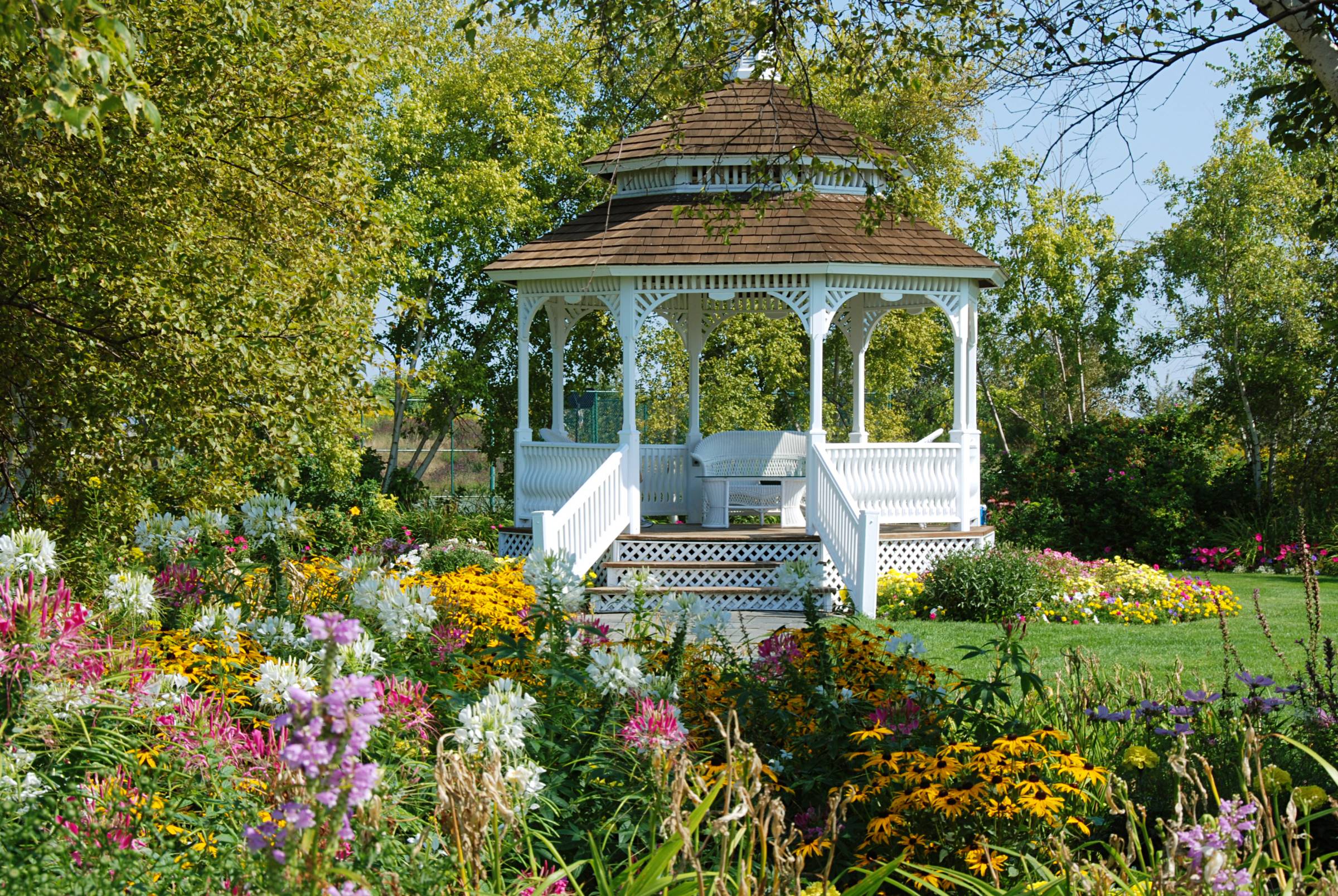 Gazebos are standalone structures that typically have a roof and open sides. They’re often built in outdoor spaces, such as gardens and parks, and often provide a covered area for gathering, socialising, relaxing, or enjoying the surrounding view. A permanent gazebo structure can come in various sizes, designs, and polygonal shapes with at least six or eight sides, and it can feature intricate detailing or simple aesthetics.
Gazebos are standalone structures that typically have a roof and open sides. They’re often built in outdoor spaces, such as gardens and parks, and often provide a covered area for gathering, socialising, relaxing, or enjoying the surrounding view. A permanent gazebo structure can come in various sizes, designs, and polygonal shapes with at least six or eight sides, and it can feature intricate detailing or simple aesthetics.
Pergola vs gazebo: Which is better for your needs?
The choice between installing gazebos and pergolas depends on your specific needs, preferences, and budget. You’ll also need to consider how you plan to use the space in your patio or garden. Both a pergola and a gazebo have their own unique features and advantages. Let’s compare the two to help you make an informed decision.
In terms of appearance
As you can already tell by now, the main difference between a pergola and a gazebo is the roof structure. Though gazebos vary in size, shape, and style, they all have a closed roof that offers complete shade and full coverage against the elements. A well-designed gazebo will work well with modern architecture, and its aesthetic often pairs well in a Victorian garden-inspired setting.
Conversely, pergolas are an open structure with a partially opened roof. Though they don’t offer protection from the searing heat or pelting rain, pergolas offer an airy design that focuses on partially providing shade and defining an outdoor space. Pergolas often serve as an elegant and decorative focal point in outdoor areas like your garden or patio. They can enhance the visual appeal of your landscape, add a touch of sophistication, and complement modern architecture.
In terms of appearance, pergolas and gazebos can enhance the aesthetics of your outdoor area. Plus, installing a pergola or a gazebo will increase the overall value of your home. They both have distinct characteristics in terms of design and appearance, and your choice will depend on how well each fits your outdoor space.
In terms of cost
The cost of a pergola or gazebo can vary widely based on various factors. Your budget will be determined based on size, materials, design complexity, location, the amount of weather protection desired, and additional features or customisations.
The average cost to install a pergola is around £2,500. A basic pergola could cost you as low as £1,000, but the fancier designs could cost you up to £4,000 or more. On the other hand, the average gazebo installation cost is £6,625. Though you can go as low as £4,250 with a modest design, you can also spend as much as £8,500 for a more intricate gazebo.
Generally speaking, pergolas tend to be more cost-effective than gazebos due to their simpler design and construction. Gazebos cost more because they are freestanding structures and offer a solid roof. It’s natural for gazebos to require additional materials and have more complex designs.
Keep in mind that these are estimates and that actual costs can depend on factors like the quality of materials, as well as labour and installation fees. Additional features, such as mesh screens, benches, proper water drainage, retracting fabric canopies, road or utility poles, and an intricate roof design, will also cost more.
In terms of building/installation complexity
Pergolas are generally less complex to build and install than gazebos due to their open design. Since pergolas feature vertical posts and horizontal crossbeams, they can be DIY projects for anyone with basic construction skills. They offer simpler self-assembly, which involves attaching components to a main structure and adding climbing plants.
On the other hand, gazebos are more intricate to construct due to their enclosed structure and solid roof. As mentioned, building a gazebo involves more components, potentially requiring professional assistance for roofing, foundation work, and electrical installations.
While pergolas are manageable for DIY enthusiasts, gazebo installation and repairs may require the expertise of a professional for a successful and safe installation.
In terms of functionality/versatility
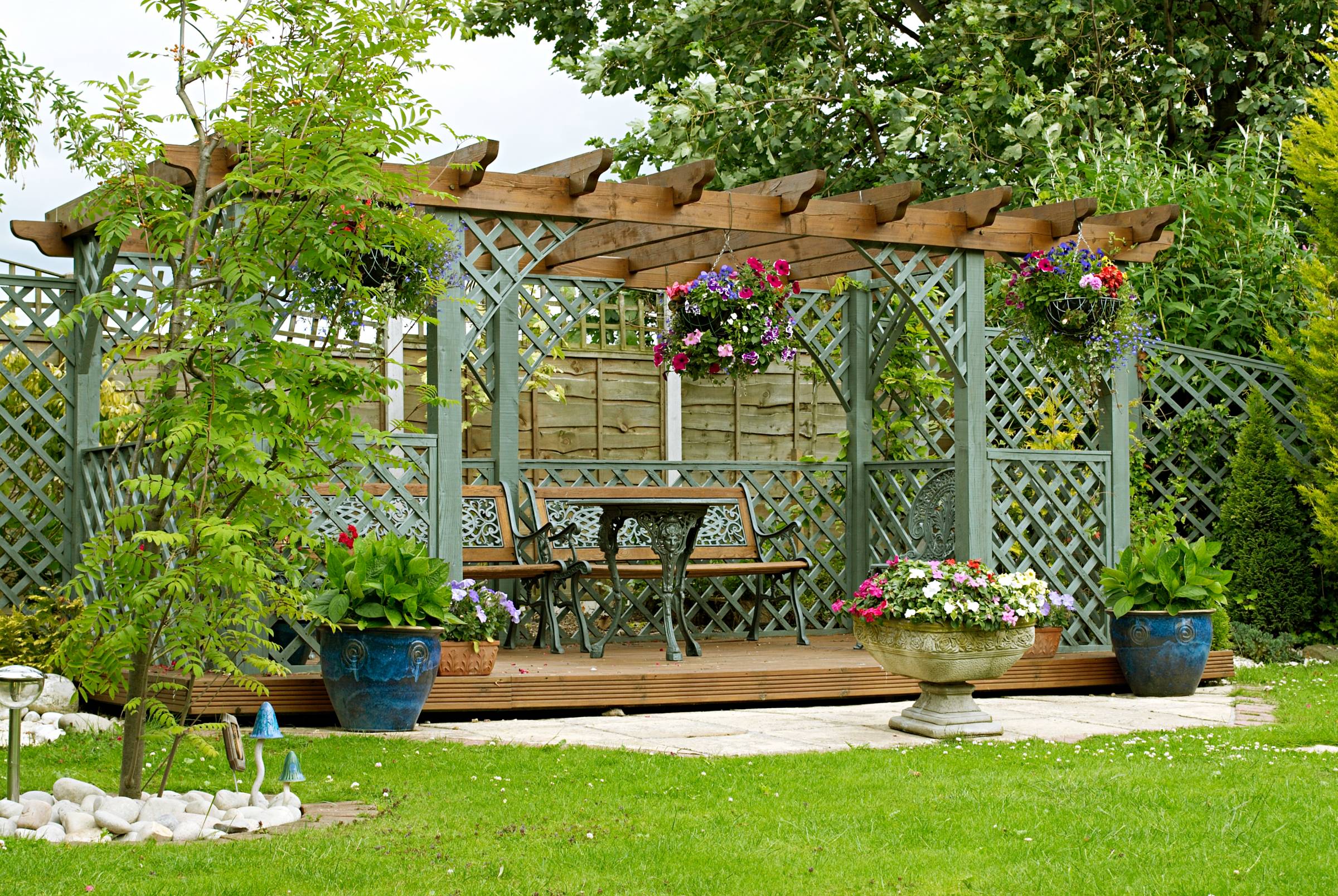 In terms of functionality and versatility, pergolas provide open and semi-shaded spaces, ideal for outdoor lounging, dining, and socialising. Pergolas are often adorned with climbing plants, such as vines, roses, or wisteria. These plants can grow over the crossbeams and create a beautiful natural canopy to provide shade and enhance the cover offered.
In terms of functionality and versatility, pergolas provide open and semi-shaded spaces, ideal for outdoor lounging, dining, and socialising. Pergolas are often adorned with climbing plants, such as vines, roses, or wisteria. These plants can grow over the crossbeams and create a beautiful natural canopy to provide shade and enhance the cover offered.
While pergolas offer only partial shelter due to their open design, you can customise the amount of shade by choosing the type and density of the climbing plants or by adding covers or retractable fabric canopies for more shade.
Gazebos, on the other hand, prioritise complete shelter, making them excellent for year-round use and protection from the elements. Gazebos are also versatile structures, thanks to their enclosed design. They can create intimate spaces for dining with your family, entertaining guests, reading, and relaxing. They can even serve as outdoor kitchen areas! Finally, gazebos can be equipped with mesh screens or curtains for added privacy or a secluded atmosphere.
In terms of durability/maintenance
Pergolas tend to require less upkeep due to their open design. However, they need occasional material replacements, like metal strapping and wood for managing climbing plants. Meanwhile, thanks to its roof and enclosed structure, a gazebo is more resistant to extreme heat, rain, snow, and wind. Still, it generally demands more maintenance due to its walls and additional features.
Regular checks for leaks, wood rot, and damage, as well as upkeep of screens, curtains, and integrated systems, are important for both pergolas and gazebos. Choosing quality materials and performing routine inspections can extend the service life of both structures, but pergolas are typically easier to maintain.
In terms of eco-friendliness
When it comes to eco-friendliness, pergolas have an advantage due to their potential to use sustainably sourced or recycled materials. They typically require fewer materials and less energy consumption since they often lack solid roofs and energy-intensive features. Incorporating climbing plants on pergolas can also offer ecological benefits by absorbing carbon dioxide and supporting local wildlife.
Gazebos might have a higher environmental impact due to their enclosed structure and solid roofs. These often require more resources to build and contribute to higher energy usage if equipped with lighting, heating, or cooling systems.
Beautify your outdoor space with Airtasker
 Are you ready to transform your outdoor space into a captivating, stylish place that you can enjoy? Once you’ve chosen between a pergola and a gazebo, log on to Airtasker to help you get the job done. Whether you need help with creating charming pergolas or stylish gazebos, Airtasker lets you connect with nearby builders who can help bring your vision to life. Log on to Airtasker today to get started!
Are you ready to transform your outdoor space into a captivating, stylish place that you can enjoy? Once you’ve chosen between a pergola and a gazebo, log on to Airtasker to help you get the job done. Whether you need help with creating charming pergolas or stylish gazebos, Airtasker lets you connect with nearby builders who can help bring your vision to life. Log on to Airtasker today to get started!
Pergola vs gazebo
|
Pergola |
Gazebo |
|
|---|---|---|
| Cost |
Low: £1,000 Median: £2,500 High: £4,000 |
Low: £4,750 Median: £6,625 High: £8,500 |
| Appearance | Reminiscent of a Victorian garden and has an airy, open design |
Complements modern architecture and has an enclosed design |
| Building Complexity | Can be attached and has an open roof |
Is free-standing and has a solid roof |
|
Functionality |
Often adorned with climbing plants and semi-shaded for outdoor lounging |
Can provide an intimate space outdoors year-round |
|
Durability |
Requires less upkeep but is exposed to the elements |
Lasts longer but requires more maintenance |
|
Eco-friendliness |
Requires fewer materials and has little to no energy consumption |
Requires more materials and energy if equipped with lighting and heating/cooling systems |
FAQs on pergolas and gazebos
Yes, it can! A freestanding pergola is not attached to any existing structure and can be placed anywhere in your outdoor space. Just like a gazebo, a freestanding pergola can provide a defined area for outdoor activities, create a focal point, and offer shade or architectural interest.
Yes, both pergolas and gazebos can be installed on existing decks or patios. Pergolas can be attached or freestanding, while gazebos may require additional reinforcement due to their solid roofs and enclosed structure. Consulting a professional builder is crucial to assess structural support and ensure a safe installation.
Pergolas and gazebos typically do not come with built-in seats, but you can customise both to include seating areas. Pergolas can be paired with simple benches and chairs, while gazebos provide an enclosed space for adding fancier pieces of furniture, including tables.
Find builders, fast
Post a task
Related articles
Related price guides
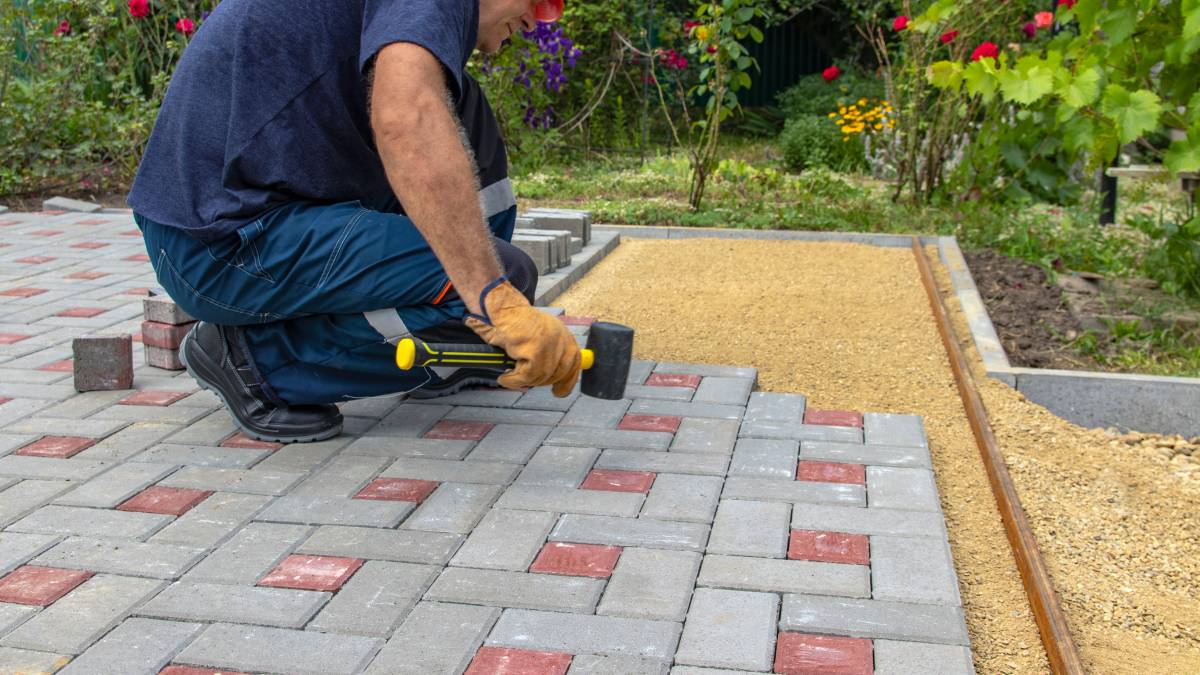
How much do new patios cost?
Read more
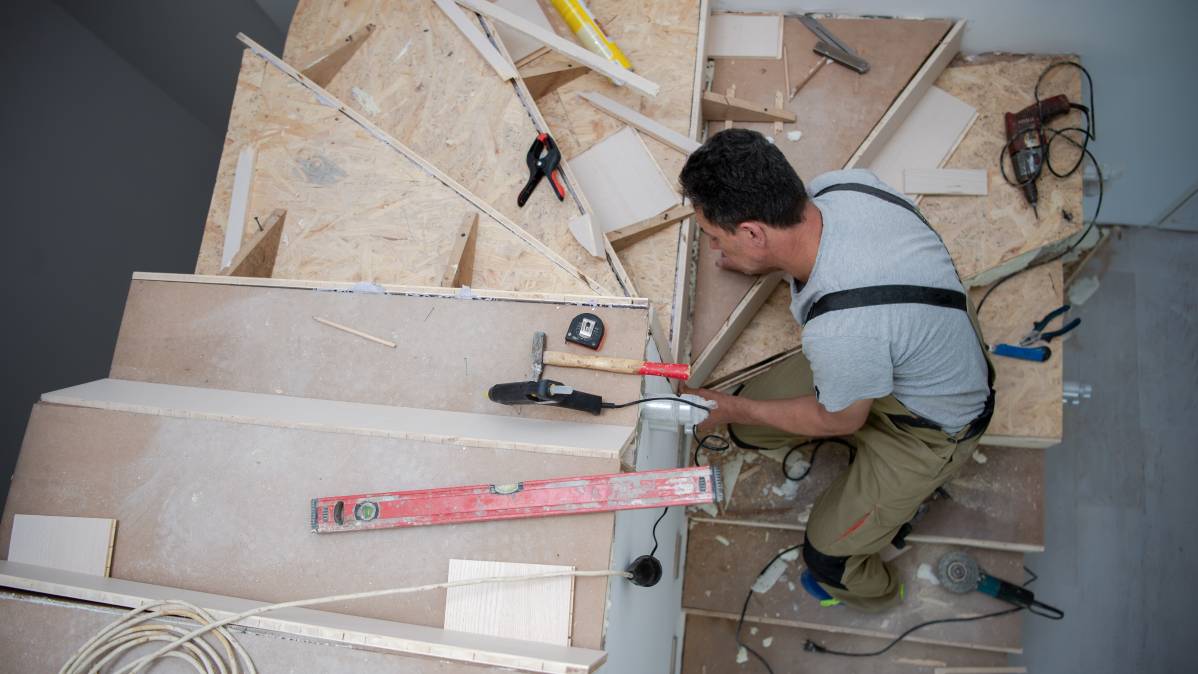
How much does a new staircase cost?
Read more
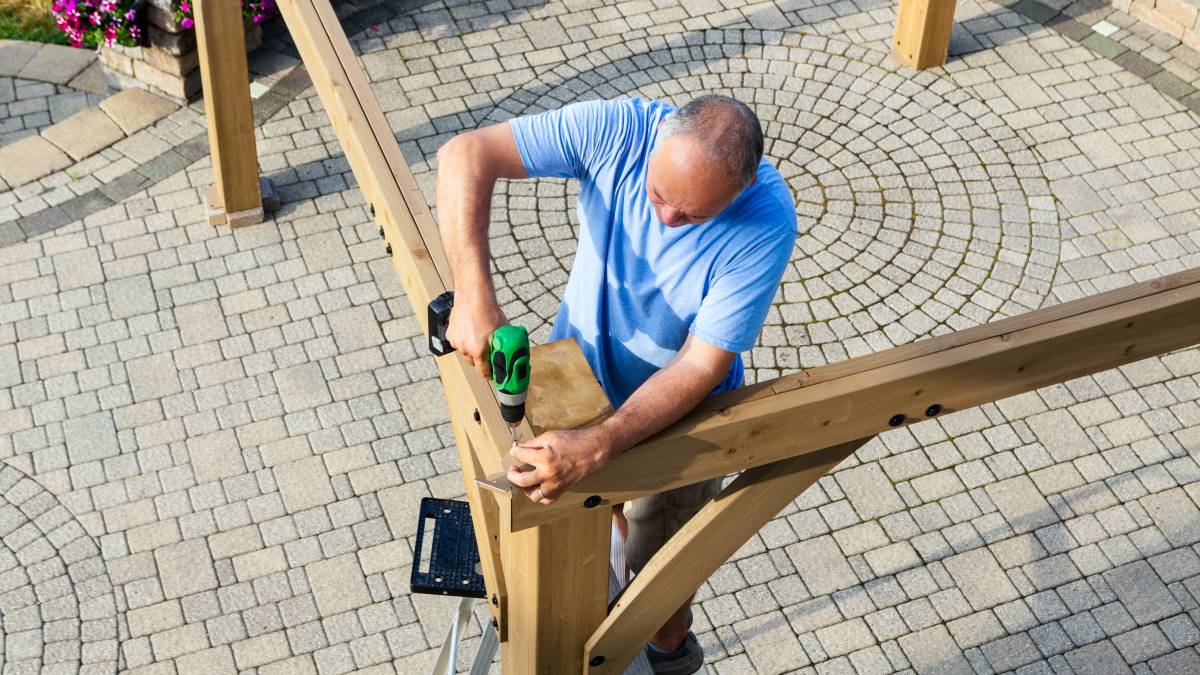
How much does a pergola cost?
Read more
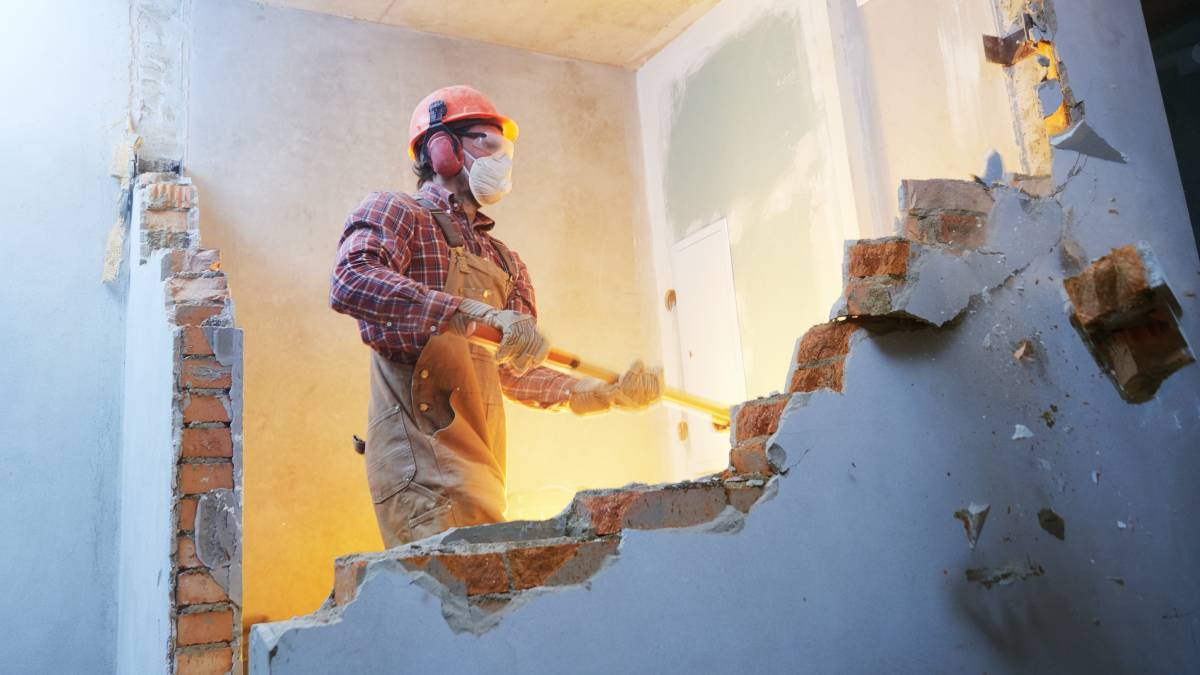
How much does demolition cost?
Read more
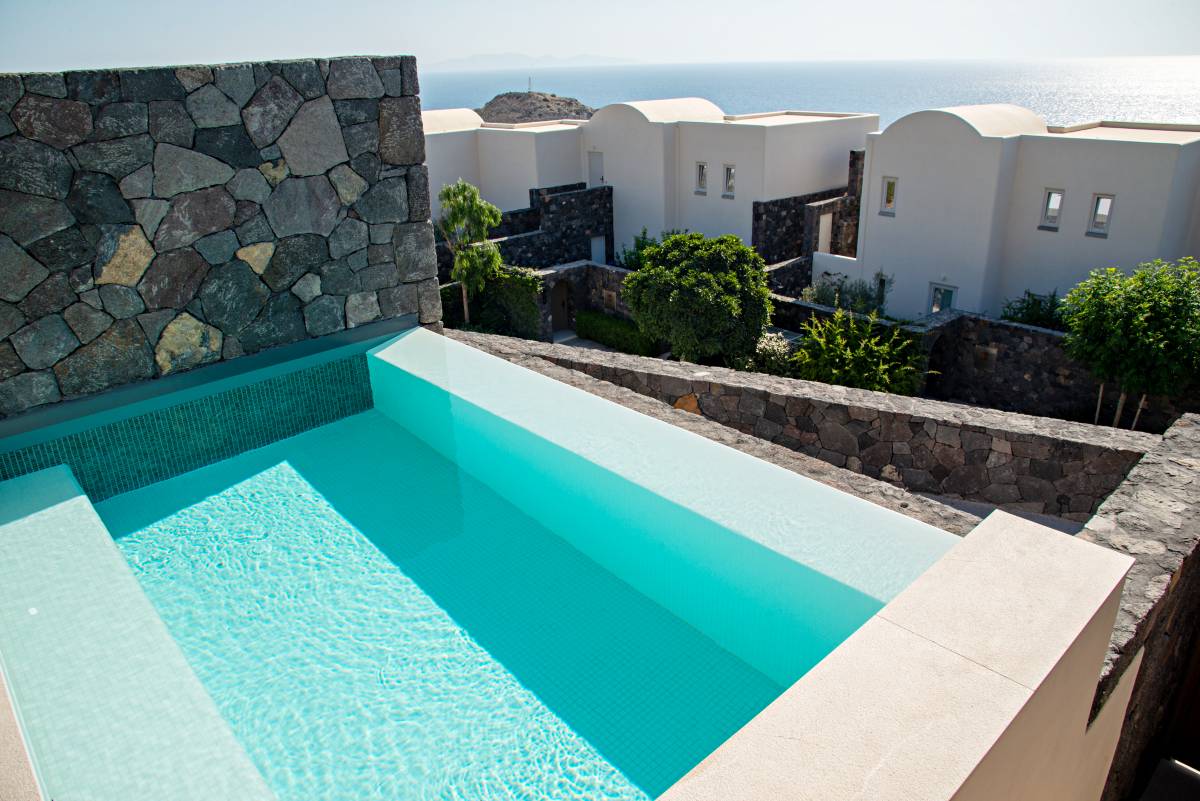
How much does a plunge pool cost?
Read more
